
|
London Beekeepers' Association |

|
London Beekeepers' Association |
What's in Flower in May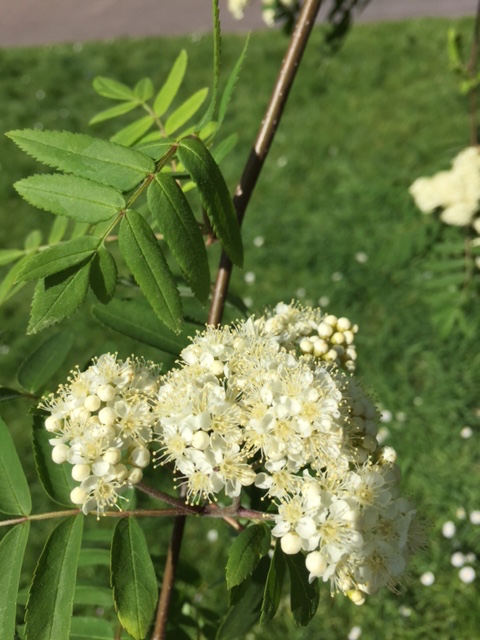 Rowan blooms 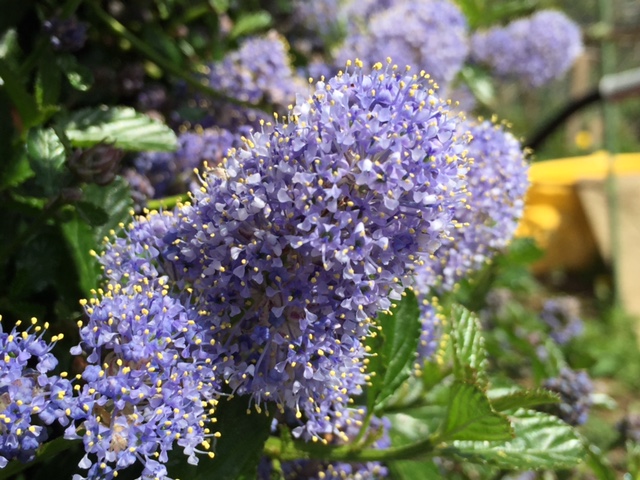 Ceonothus up close 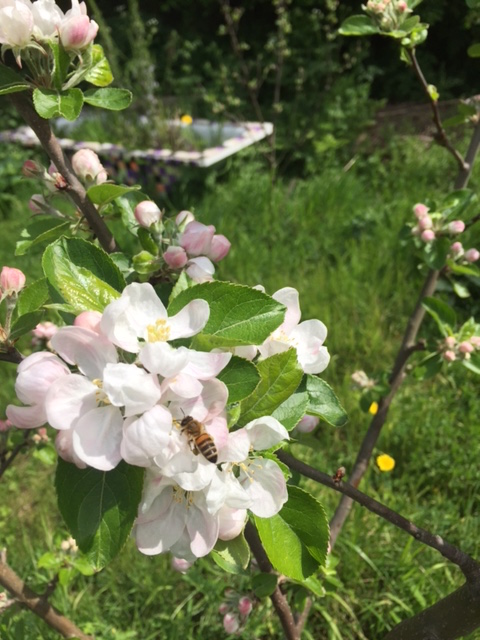 Honey bees visiting my apples 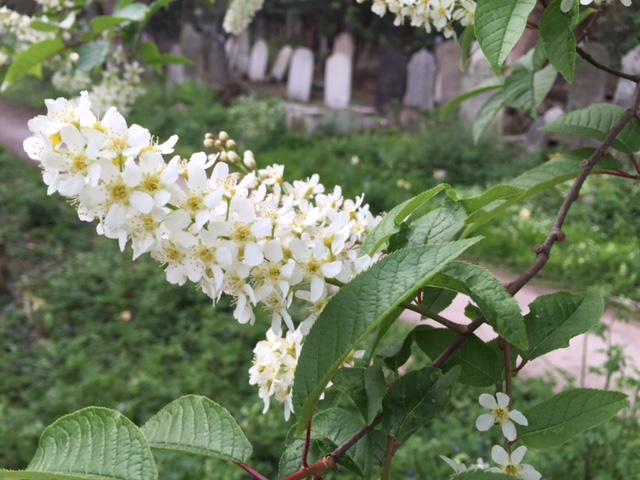 Bird cherry 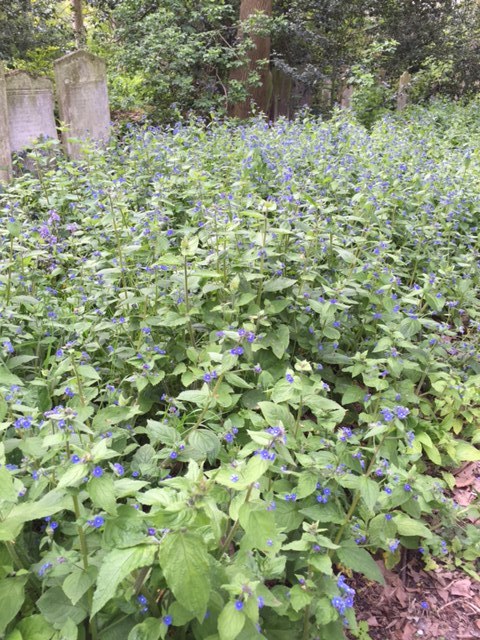 Green alkanet [What's in flower, month by month] Mark Patterson Bees struggling to build up in April should now have an easier time as the spring nectar flow improves. One or two of my colonies are not doing so well this year whilst others are booming. The good weather and improved availability of forage is helping them to recover -- though I will be unlikely to get a honey crop from these recovering colonies this year. Plants important to bees this month include Horse Chestnut (dark red pollen), Sycamore (pale yellow pollen), Sorbus trees such as White Beam and Mountain Ash, Bird Cherry and Elder. In parks, gardens and municipal areas Choiysia, Cotoneaster, Ceonothus and prunus laurocerasus `lunken' are all shrubs visited by bees. Herbaceous perennial plants important to bees this month include Dandelions which are coming to the end of their main flowering period in London, Green Alkanet (pictured; now at its peak), Forget-me-nots and Spanish Blue bells with their green-blue pollen. Starting to make an appearance are the first of the summer flowers which will become much more important later in the season when the trees have ceased blooming. These include Scabious, Knapweeds, Centurea, Valerian, thistles, milkweeds and the simple flower of umbellifers and composite flowers. Right now in my garden the bees are visiting my Bowles mauve wall flowers, apple blossom, Pulmonaria and strawberries. As we transition from spring into early summer the flowers change guard and so do the wild bees. Many of the early emerging solitary bees will by now have built nests, provisioned for their offspring and are beginning to die. Their offspring will emerge next March to begin the cycle again. Some are bivoltaine meaning they have a second generation later in the summer but for many including the hairy footed flower bees their time for this season is coming to an end, the males now bleached grey by the sun instead of their fresh gingery blonde. As the early Andrena bees and flower bees disappear, a new batch of pollinators will take over, equipped to forage on a different set of later emerging plants. Soon we'll see the yellow faced bees, wool carder bees and leaf cutters visiting the flowers in our gardens. Jobs to do in the garden
|
©2025 London Beekeepers' Association |